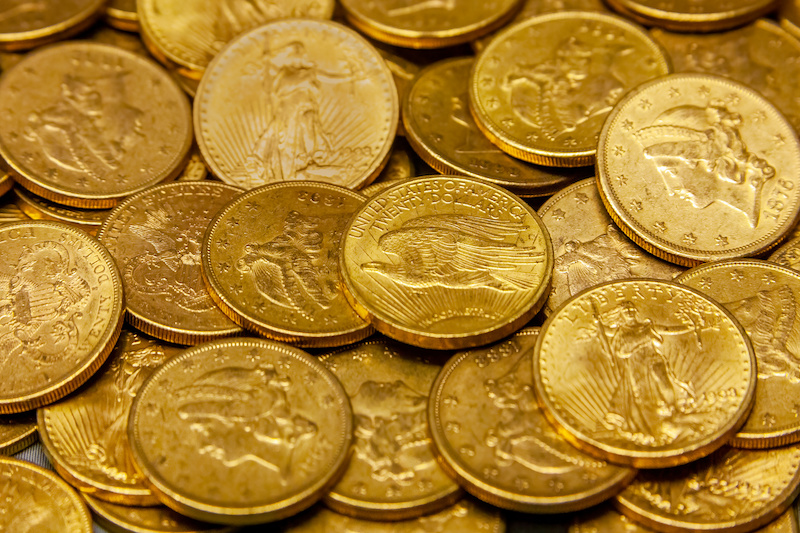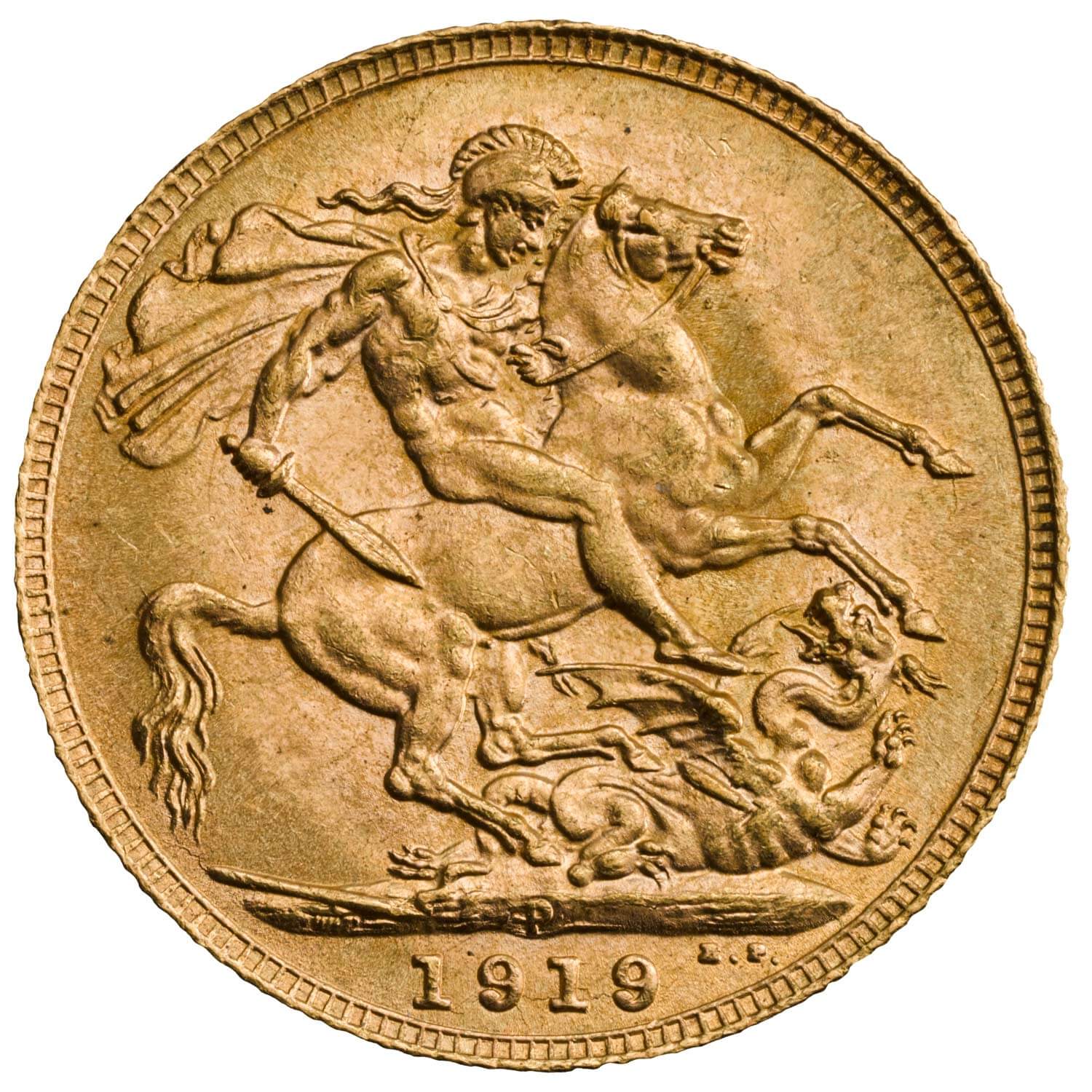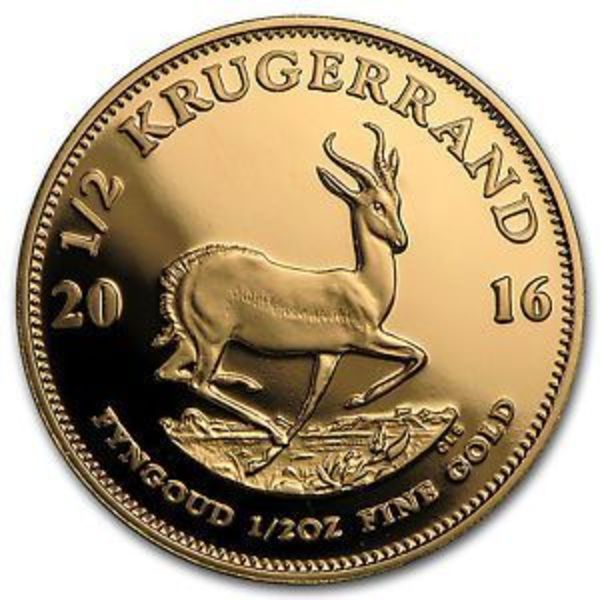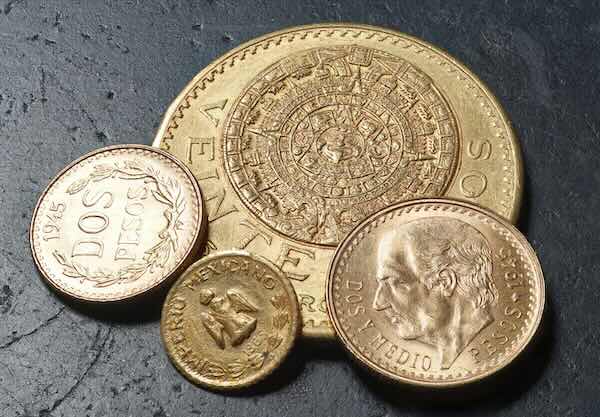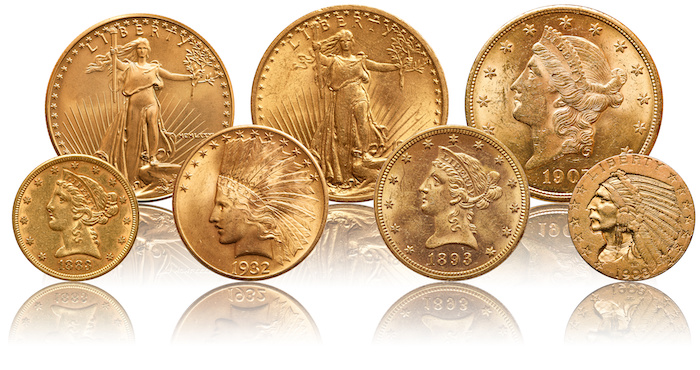Investing in gold coins remains a core strategy for preserving wealth, hedging against inflation, and adding diversification to any investment portfolio. The tangible nature and enduring value of gold coins make them a top choice for both new and seasoned investors. But when building a collection or portfolio, a key decision is whether to buy newly minted gold coins or look to the secondary market and vintage gold coins. Each path has unique benefits and drawbacks—impacting your costs, liquidity, and potential returns.
Key Summary
- Newly minted gold coins offer pristine condition and guaranteed authenticity but have higher premiums.
- Secondary market gold coins provide cost efficiency and diverse options but may show wear or require extra verification.
- Comparing premiums can help investors decide based on value and purpose, with secondary market coins often offering better returns for bullion-focused buyers.
- Reliable tools and resources, like FindBullionPrices.com, enable investors to navigate the market effectively.
Understanding Newly Minted Gold Coins
Newly minted gold coins are issued directly from government or private mints and are sold through authorized dealers in pristine, uncirculated condition. These coins, such as the latest gold eagle coin, come with a guarantee of authenticity and are often sealed in tamper-evident packaging. For investors and collectors who value immaculate condition and want absolute confidence in what they’re buying, newly minted coins are the gold standard.
However, it’s important to note that newly minted coins almost always come with higher premiums above the gold spot price. That’s due to minting, marketing, distribution costs, and collector demand. If you’re primarily concerned with acquiring the most gold for your money, those premiums can eat into returns.
See our current gold coin prices for newly minted and secondary market coins.
Secondary Market & Vintage Gold Coins: A Cost-Effective Option
Secondary market gold coins are coins that have had a previous owner—these might include more recent bullion coins that were resold, as well as older, vintage gold coins from earlier eras. Vintage coins, such as US Pre-1933 Gold (Liberty Head, Saint-Gaudens, Indian Head), British Sovereigns, or European 20 Francs, can offer a blend of bullion and collectible value.
The primary advantage of buying on the secondary market is cost efficiency. Premiums over spot are typically lower, making it possible to buy more gold for less money. For example, a random-year 1 oz Gold Eagle from the secondary market may cost hundreds less per coin than a brand new one. In addition, vintage gold coins sometimes carry historical or numismatic value—providing further upside.
However, secondary market coins may show signs of wear, minor imperfections, or old packaging. It’s critical to buy from reputable dealers who guarantee authenticity and test for purity, especially when acquiring vintage coins.
Comparing Premiums: Newly Minted vs. Secondary Market Coins
American Gold Eagle Premiums
American Gold Eagles, one of the most popular bullion coins in the U.S., highlight the cost differences between newly minted and secondary market coins.
| Denomination | Average Premium (2025 Mintage) | Average Premium (Secondary Market) |
|---|---|---|
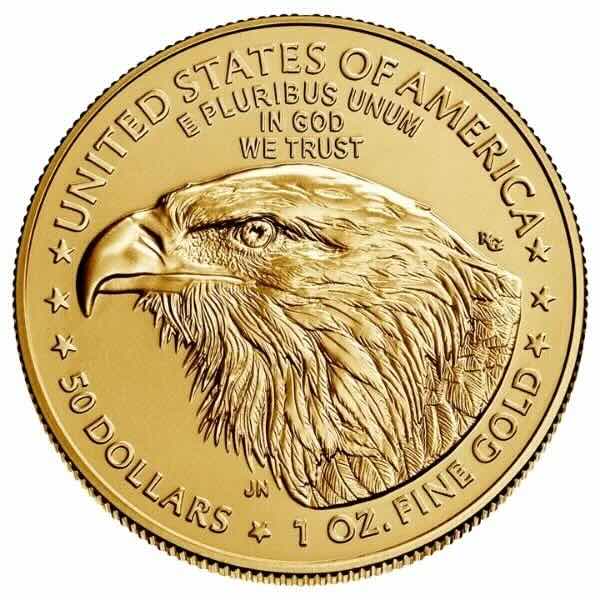 1 oz | 4% to 8% | 2.5% to 5.5% |
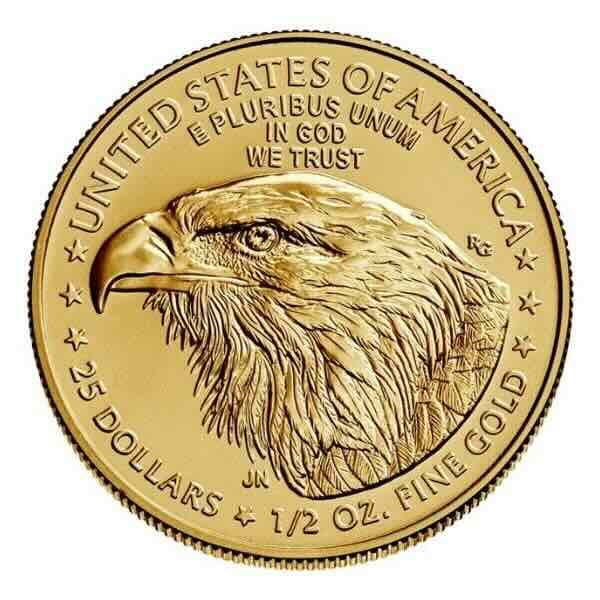 1/2 oz | 7% to 15% | 6% to 17% |
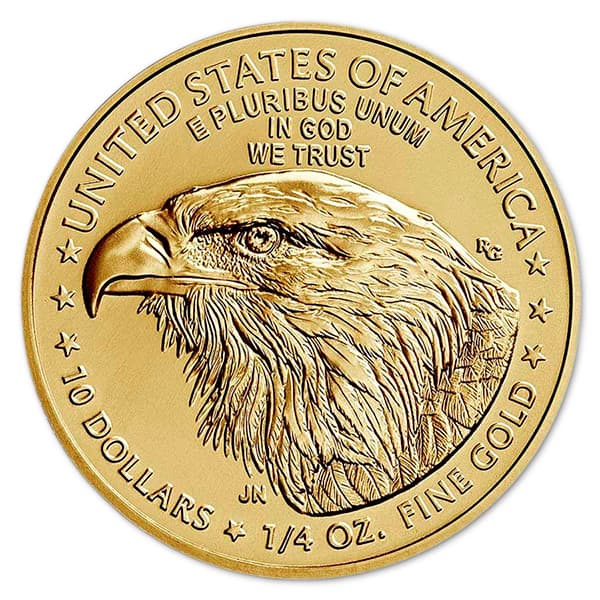 1/4 oz | 9.5% to 23% | 8% to 25% |
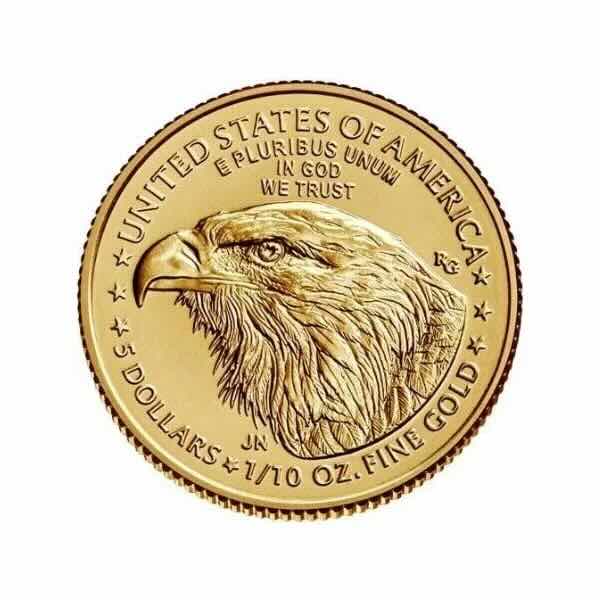 1/10 oz | 13% to 33% | 10% to 34% |
Premiums vary widely, even for the same coin. For example:
- Gold Eagle Coin (1 oz):
- Newly Minted Premium: Typically 7%–14% over spot.
- Secondary Market Premium: Often 4%–8% over spot.
- World Bullion Coins (Maple Leaf, Britannia, Philharmonic, Kangaroo):
- Newly Minted: Around 2.5%–5% premium.
- Secondary Market: 1.5%–4.5% premium.
World Gold Bullion Coin Premiums
Premiums for internationally minted coins also vary between new and secondary markets.
| Coin | 2025 Mintage Average Premium | Secondary Market Average Premium |
|---|---|---|
| 1 oz Gold Maple Leaf | 2.3% to 5.4% | 1.84% to 4% |
| 1 oz Gold Britannia | 2.55% to 4.33% | 1.4% to 5% |
| 1 oz Gold Kangaroo | 2.6% to 4.5% | 1.3% to 4.5% |
| 1 oz Gold Philharmonic | 3.2% to 5.95% | 1.4% to 4.5% |
Those looking to maximize gold content for their budget often lean toward secondary market and vintage coins, while collectors and those seeking flawless coins may prefer newly minted.
Pros & Cons: Newly Minted vs. Secondary Market Gold Coins
Advantages of Newly Minted Gold Coins
- Guaranteed authenticity, pristine condition.
- Highly liquid and easily recognized worldwide.
- Strong resale appeal for collectors.
Newly minted coins stand out for their pristine, brilliant, uncirculated condition, making them highly appealing to investors and collectors. When bought from trusted and reputable dealers, these coins come with a guarantee of authenticity, eliminating concerns about counterfeit risks. Widely recognized coins like the 2025 American Gold Eagle or Canadian Gold Maple Leaf are always in high demand, ensuring ease of sale.
Drawbacks
- Higher premiums, reducing metal-for-money value.
- Less variety in design and year.
However, newly minted gold coins come with higher premiums due to the costs associated with manufacturing, minting, marketing, and distribution, making them less cost-effective for investors primarily focused on the metal’s intrinsic value.
Advantages of Secondary Market/Vintage Gold Coins
- Lower premiums, more gold for your dollar.
- Potential numismatic/historical upside.
- Access to discontinued or rare designs.
Secondary market gold coins offer cost efficiency because they typically carry lower premiums than newly minted coins. This makes them a more affordable option for investors who want to buy gold at a lower price. The secondary market also provides access to more diverse offerings, including unique or discontinued designs that appeal to collectors and investors seeking variety.
Drawbacks
- Condition may vary (wear, toning).
- Need to verify authenticity (always buy from reputable dealers).
While secondary market coins provide value and variety, they may exhibit variable conditions, such as wear, tarnish, or signs of handling. Though these imperfections do not affect the intrinsic metal content, they may be less desirable to collectors seeking pristine coins.
The secondary market also presents a risk of counterfeit coins, particularly when buying on social media or marketplaces like eBay. Trusted and reputable online bullion dealers test each secondary market coin to ensure authenticity.
Investing in gold coins remains a cornerstone of wealth preservation and diversification strategies. Whether protecting against inflation or adding a tangible asset to a portfolio, gold’s role as a store of value is unparalleled. However, investors may want to consider secondary market coins vs newly minted products due to the potential cheaper price. Both options have distinct advantages and drawbacks, making it important that your choice aligns with your financial goals.
Making an Informed Choice
The decision between newly minted and secondary market gold coins depends on your objectives:
- For Collectors: Newly minted coins appeal to those seeking pristine, collectible pieces with guaranteed authenticity and original packaging.
- For Wealth Preservation: Secondary market coins offer a cost-effective way to acquire gold, often allowing investors to purchase more metal for their money.
- For Diversification: A mix of both can balance cost efficiency and collectibility, depending on market conditions and personal goals.
How to Buy Secondary Market Gold Coins
Buying secondary market gold coins is a straightforward process that offers a cheaper way to acquire gold. These coins are often sold under terms like “random year” or “dealer’s choice.”
Instead of choosing a specific year, dealers fulfill the order with coins they have in stock, which can span a wide range of production years. This approach allows investors to buy gold at lower premiums while obtaining widely recognized bullion.
When buying secondary market gold coins, it is essential to purchase from reputable dealers who guarantee the authenticity of their products. Reputable dealers thoroughly inspect the coins they acquire and provide accurate descriptions of their weight and purity.
10 Most Popular Gold Coins
- American Gold Eagle (Various Years)
The American Gold Eagle, a staple of U.S. bullion, features iconic designs like Augustus Saint-Gaudens’ Liberty and a family of eagles. These coins are widely recognized and trusted worldwide. - Canada Gold Maple Leaf (Various Years)
Renowned for its .9999 fine gold purity, the Maple Leaf is a favorite among investors seeking high-quality bullion with a global reputation. - South Africa Gold Krugerrand (Various Years)
As the first modern gold bullion coin, the Krugerrand is globally recognized and valued for its durability and 22-karat gold composition. - U.S. Mint Pre-1933 Gold Coins
Coins like the $20 Saint-Gaudens and $10 Indian Head are often available in random-year assortments, offering a mix of investment and historical appeal. - Austria Gold Philharmonic (Various Years)
Known for its beautiful design featuring orchestral instruments, the Philharmonic is a top choice for investors in Europe and beyond. - British Sovereign (Various Years)
Featuring portraits of British monarchs and a reverse design of St. George slaying the dragon, the Gold Sovereign combines historical appeal with investment value. - Mexico Gold Libertad (Various Years)
The Libertad, with its iconic Winged Victory design, is sought after for its artistic beauty and historical significance in Mexican culture. - Australia Gold Kangaroo (Various Years)
Featuring annually changing kangaroo designs, these .9999 fine gold coins are popular for their unique aesthetics and high purity. - Switzerland 20 Francs (Various Years)
Known as the “Vreneli,” these smaller gold coins offer an affordable entry point into secondary market gold with historical significance. - France 20 Francs (Various Years)
Coins featuring designs like Napoleon III or the Rooster are widely traded and valued for their European history and consistent gold content.
Practical Tools for Smart Investing
Platforms like FindBullionPrices.com provide real-time price comparisons, allowing investors and collectors to evaluate premiums for newly minted and secondary market coins across various dealers. These tools can identify opportunities to buy at competitive rates and maximize investment value.
